[GUEST POST] Gamification in Health and Fitness
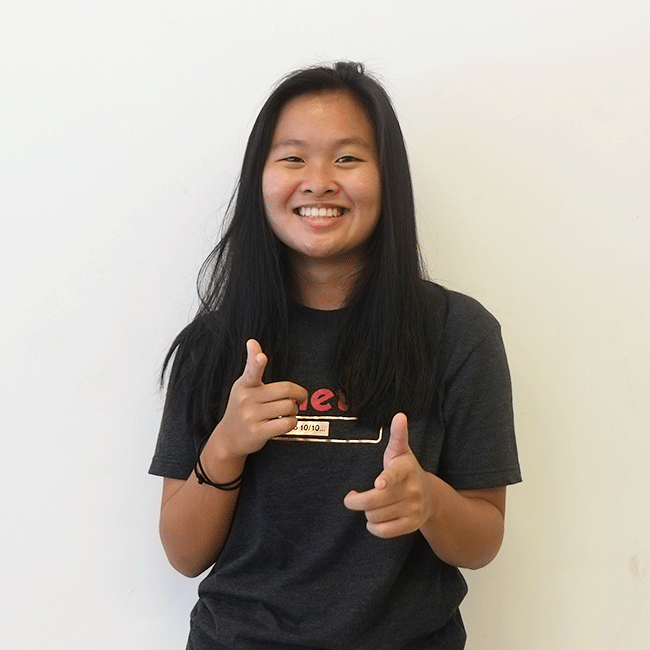
Sheryl-Lynn Lim
Guest Writer (TJC)
Disclaimer: Guest posts represent the diversity of opinion within the world of gamification, and the views and opinions expressed in guest articles are those of the author.
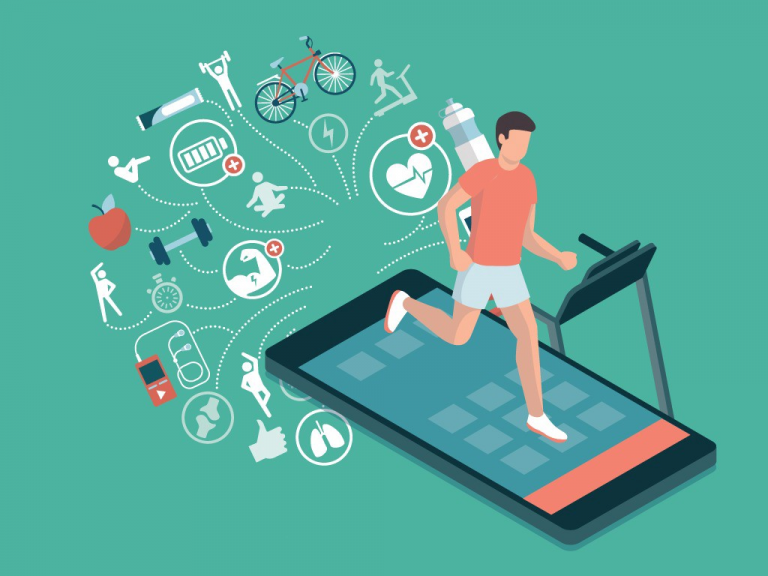
Exercising or drinking water might be daily tasks that you often dread and do reluctantly.
However, with the many gamified apps and other forms of gamification in the health & fitness field recently, you might find yourself excited, or even motivated to do these seemingly dull tasks.
Without realising, you might’ve already fallen victim to the charms of gamification. Have you ever used a step tracker or exercise tracker? Those are just some examples of gamification in health & fitness, more of which we’ll be discussing today!
Implementation of gamification and impacts
Gamification elements might be more prevalent in your everyday life than you think; from receiving an achievement for hitting your water intake goal to competing against your friends to see who can run more in a week, these are all elements of gamification designed to motivate you to stay healthy.
But why do they work?
These aren’t just fun apps created without thought. Instead, human psychology is a huge factor when it comes to the way these apps are developed. They are specially designed to match natural human behaviour, such as:
● Creating a competitive environment between family and friends with leaderboards and rankings
● Visual goals to reach — such as achievements and rewards — to give people something to work towards, and give them a sense of satisfaction when they’ve achieved them

When people find that what they’re doing is improving their performance and it’s easy to do, they tend to continue to use that program and spend more time on it. Thus, the effectiveness of these apps is thanks to their ability to provide motivation and rewards which reinforces the person’s commitment.
Physical Fitness and Nutrition
There are countless apps, trackers and challenges that have been gamified in order to improve the physical fitness and diet of users. Each of them are slightly different, and may impact people in different ways, but all are effective to a certain extent nonetheless.
Here are some examples:
1) FitBit
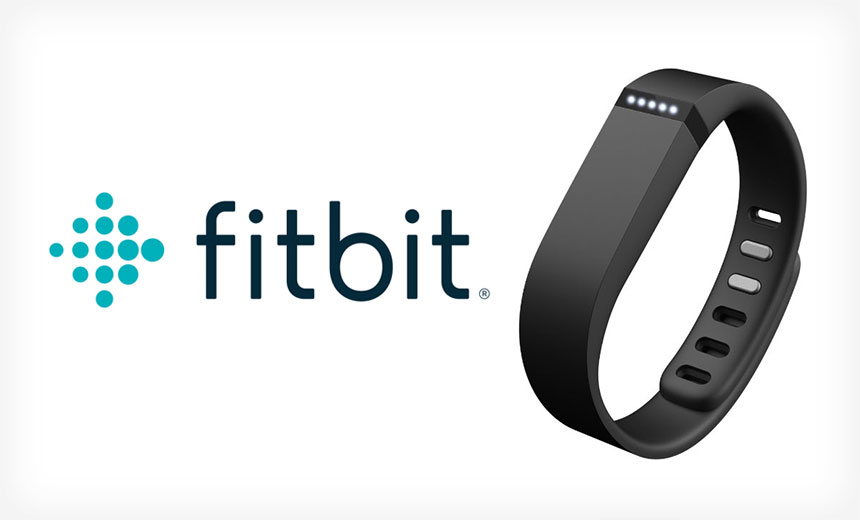
Fitbit is one of the more popular step trackers in the field.
People can use the app, along with the tracker wearables to monitor not only their steps, but also their sleep, nutrition habits, and much more (based on the goals they’ve set).
On top of consumers, Fitbit has been drawing in many corporate partners, like BP. This allows companies to keep track of their employees’ health as well as employees to keep track of their own for further incentive.
However, this does come with its own pros and cons.
When one uses Fitbit voluntarily on their own, they are usually intrinsically motivated to use the app to self-help and improve their lifestyle. However, when there are material incentives such as cash or reduced premiums for health insurance involved, it might be a different story.
Although such programs will still serve as good motivation for exercise, this taps more strongly on extrinsic motivation. People might “cheat” in order to reach their goals — like swinging their arm to stack steps — which defeats the entire purpose of the system . Thus, when applying a system such as Fitbit, it is important to be tactful and know the limits of the system in order for it to be effective for the most number of users.
2) The Biggest Loser
‘The Biggest Loser’ is a TV reality show about losing weight. Over the span of 4 months, the contestants go through vigorous training and dieting under the supervision of professional trainers in hopes of losing the largest percentage of weight for the grand prize of $250,000. Unlike the apps previously mentioned, this affects a much smaller group of people.
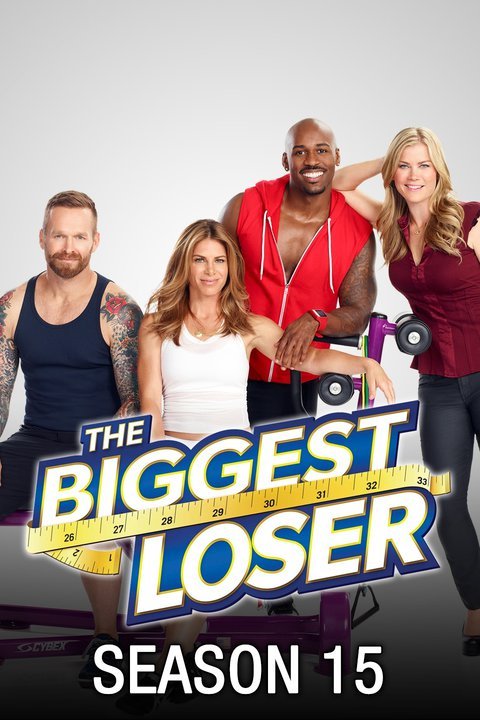
With the change of lifestyle, a large incentive and no way to cheat, the weight loss of these contestants before and after the show is significantly larger. Contestants on the show have lost an average of 4.5 – 13.6+ kg per week, the most drastic being 70.3kg — 60% of the contestant’s body weight.
This could act as motivation to the audience to start exercising and eating healthy too when they see how effective it is. However, a TV show like that does come with its risks too. Since the exercising and dieting is so extreme on the show, the weight loss is too drastic in a short period of time. This is not very healthy, and even less sustainable in the long run.
Many contestants prove this to be true when they gain back the weight after they leave the show. Based on a case study, past participants were weighed for a follow-up testing six years after their run on the show, comparing the difference of their weight in 2009 and 2015. On average, participants regained 70% of the weight they’d lost.
While ‘The Biggest Loser’ gamifies the weight loss process for contestants through the element of competition, incentives, and goal-setting, the question of how effective the execution truly is long-term might be brought into consideration.
3) Pokémon Go

Pokémon Go is an augmented reality (AR) mobile game which revolves around going around in the real world to catch virtual creatures called Pokémon. Unlike other typical phone games, Pokémon Go requires players to actually walk around and interact with the real world to catch Pokémon.
While it isn’t designed specifically to be a health app, Pokémon Go has proven to have positive benefits. Based on a study in 2016, Havard researchers found that Pokémon Go players’ steps went up from an average of 4,256 steps per day to 5,123 steps in the first week of playing the game. Though effective in getting people more active, the effect doesn’t seem to last very long. In the same study, the players’ steps tend to gradually decline and get back to normal by the 6th week.
All in all, Pokémon Go is an effective, yet short-term method in getting people more healthy and fit.
Medication and Chronic Condition Management
Not only can gamified apps be used to help the general population, but also specifically aid those with chronic conditions or those who need to take medication on a regular basis. Such apps can help people understand their conditions better and simplify medication management. Two of the more well-known apps for managing medication and chronic conditions are Mango Health and MySugr.
1) Mango Health
Mango Health seeks to address the issue of medication non-adherence — when patients do not take their medication as instructed. According to this article, medication non-adherence can affect more than 50% of all chronically ill patients, costing more than $100 billion in preventable medical costs annually.
The Mango Health app is designed to motivate users to take their medication on time with points to be earned and rewards in the form of gift cards or charitable donations when they perform certain health-related tasks — such as taking their medication or logging their blood pressure.
Additionally, they also aim to educate consumers about their health and medication, so users are better informed about their prescriptions.

This app aims to help users have an easier time with their medication; with reminders and information about their medication, users will be able to track their health and be well-informed on their medication, while also earning rewards or doing good deeds with their points earned — which is definitely killing two birds with one stone.
2) MySugr

MySugr is an app which focuses specifically on diabetes management. With the app, users are able to log data, set goals and track their progress. This user-friendly app has many different features to make the data logging simple and efficient.
With more than 2 million registered users and an average of 4.6 stars rating, mySugr has received positive user testimonials for its ease of use and ability for users to accurately manage their diabetes.
Furthermore, there is also a junior version made for kids, mySugrJunior. It has different graphics and challenges, which are tailored for users of a younger age demographic. They are able to make good practices, which help them in their daily life to properly manage their diabetes.


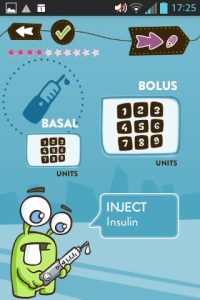
Emotional Health
Emotional well-being and health is just as important as physical health. There are also many gamified apps created to help people improve, manage, and track their emotional health.
1) Happify

Happify is an app created by a team of scientists, researchers, and healthcare clinicians. It focuses on the user’s emotional well-being and equipping users with the tools and know-how to embark on a mental health journey towards more positive emotions.
Happify is designed to make managing mental health and well-being not only possible, but also fun. The app provides tools for users to cope with their stress or negative emotions better by viewing things in a different light, which — in turn — would ‘happify’ users.
With over 40% of users still active after using Happify for 12 months, the app has successfully managed to foster long-term engagement through mechanics such as interactive challenges and users being able to track their progress. Users are able to easily look back and reflect on their journey while also moving at their own pace which makes the app very user-friendly.

2) Super Better
SuperBetter, designed by game designer Jane McGonanigal, was created with the purpose for users to build resilience and success.
It takes a different approach to overcoming the user’s personal challenge by making it even more gamelike. Besides the usual tasks and achievements, there is another game element of a storyline added to this app.

For example, Superbetter created Superbetter on Campus to increase the success and graduation rate of America’s college students through strengthening student resilience, engagement, and wellbeing. Other use cases include tackling anxiety, depression, chronic pain, and more. This app is unlike traditional therapy and is a new concept on how to tackle mental and emotional health issues through gamification. This would allow more engagement from users and better outcomes.

Conclusion
Health and fitness have been gamified in many different ways, whether in the form of an app or even a game show. All these implementations are created with good intent, and in the hopes of helping their users become healthier physically or mentally.
Health and fitness are important, and everyone should take charge of their own and work towards a healthy lifestyle. Such apps are only there as a tool to guide users to allow them to reach their goals. Only when the users themselves are willing and motivated, will these apps be truly effective.
Though each app does come with its own pros and cons, with the right intention and proper use, it will definitely be useful to the users and can make a positive difference in their lives.
